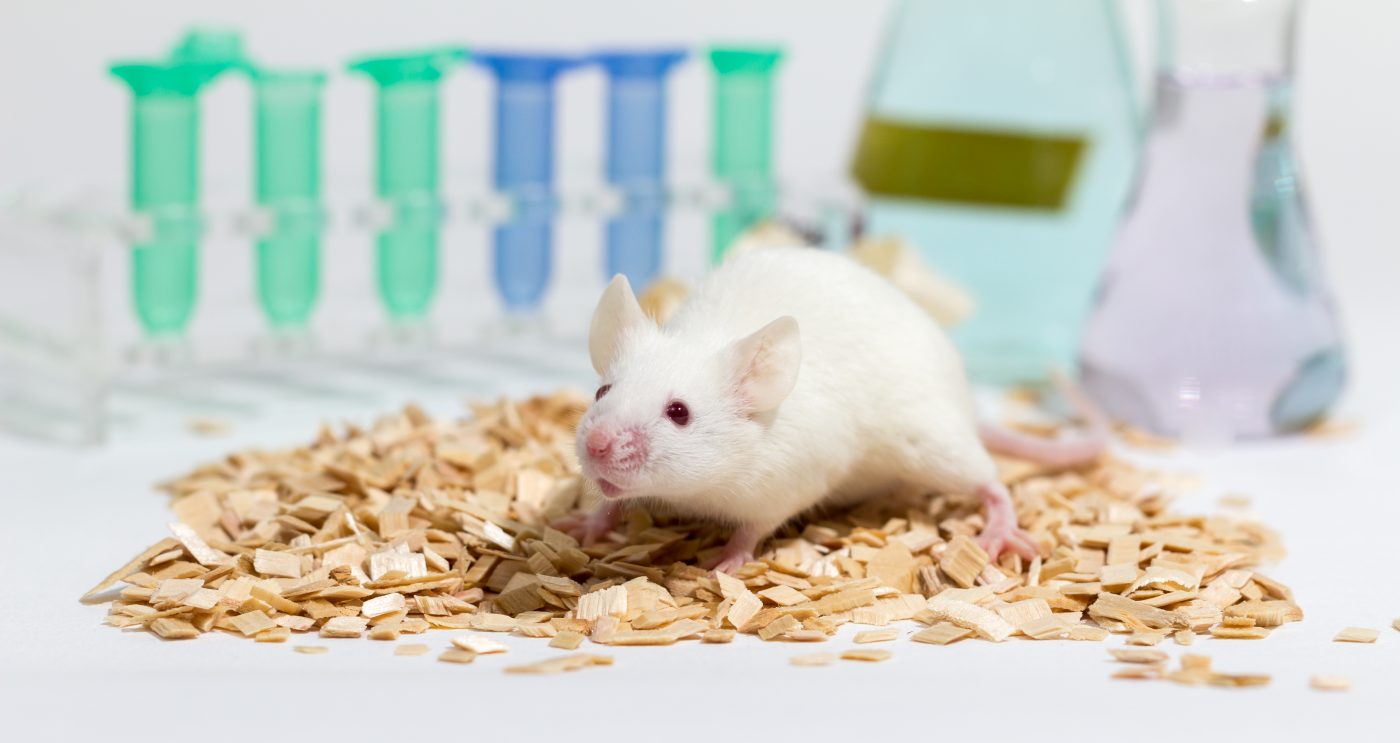Targeting FOXM1 May Have Therapeutic Potential for IPF, Study Shows

The FOXM1 gene is a driver of lung fibroblast proliferation and activation in idiopathic pulmonary fibrosis (IPF), a new study shows. The findings highlight the therapeutic potential of targeting FOXM1 for pulmonary fibrosis treatment.
The study “FOXM1 is a critical driver of lung fibroblast activation and fibrogenesis” was published in the Journal of Clinical Investigation.
In normal conditions, our lungs are populated by a small number of fibroblasts, the cells responsible for the production of scar (fibrotic) tissue. However, in pulmonary fibrosis, fibroblasts proliferate uncontrollably, much like tumor cells, leading to the accumulation of scar tissue in the lungs.
The factor FOXM1 (standing for forkhead box M1) is known for its role as a proto-oncogene, i.e., causing normal cells to become cancerous when mutated.
Whether FOXM1 could play a role in driving activation of fibroblasts in pulmonary fibrosis had never been investigated.
Researchers found that the levels of FOXM1 were significantly higher — an increase of 41% — in lung fibroblasts isolated from patients with IPF, compared to fibroblasts from non-fibrotic lungs.
Lung fibrobasts isolated from bleomycin-treated mice, a mouse model of human IPF, also expressed significantly higher levels of FOXM1 — a 32% increase — compared to controls.
“Collectively, these data indicate that increased expression of FOXM1 is a feature of the highly activated lung fibroblasts that are the key effector cells in pulmonary fibrosis in both humans and a standard mouse model,” researchers wrote.
Pharmacologic inhibition and genetically decreasing the expression of FOXM1 prevented fibroblasts’ proliferation and inhibited TGF (transforming growth factor)-beta induced myofibroblast differentiation. (Myofibroblasts are cells involved in wound healing and fibrosis. Moreover, lower FOXM1 levels sensitized myofibroblasts to apoptosis, aka cell death.)
Deletion of FOXM1 in activated fibroblasts of mice protected the animals from bleomycin-induced fibrosis.
“After we engineered the mice to eliminate the FOXM1 gene from the fibrotic fibroblasts, we administered the toxic drug that causes fibrosis,” Marc Peters-Golden, MD, said in a press release. Peters-Golden is a professor of internal medicine in the Division of Pulmonary and Critical Care Medicine at Michigan Medicine.
“The mice were substantially protected,” he added. “This showed us that FOXM1 in fibroblasts was important for the process of fibrosis.”
The team then tested an experimental pharmacological inhibitor of FOXM1, called siomycin. Siomycin administered during the early fibrotic phase lessened bleomycin-induced pulmonary fibrosis.
“When we blocked FOXM1 with either the drug or the genetic approach, we reduced the accumulation of fibroblasts and decreased production of scar proteins, indicating to us that the excessive FOXM1 seemed to contribute to the bad behaviour of the fibroblasts,” said Peters-Golden.
Siomycin is not approved for use in humans, but based on the results, the team believes that therapies targeting the overactivity of FOXM1 could be tested in IPF and other scarring diseases of the lung and different organs.
“The role of FOXM1 within lung fibroblasts in pulmonary fibrosis had never before been investigated. We proved that, in principle, if we block FOXM1, we can reduce the activation of fibroblasts as well as the process of fibrosis itself.” Peters-Golden concluded.
Researchers will continue to investigate FOXM1‘s role in IPF, including its activity in a more advanced degree of fibrosis.







